iKnife Collector
The online community of knife collectors, A Knife Family Forged in Steel
SWEDGE...a misunderstood beauty
Thank you Tony for sharing this information. I for one love the look of swedges but did not realize their importance to the function of a knife
Swedges have 4 basic purposes:
1. They improve the eye appeal of a blade.
2. They make the blade thinner at the spine and therefore improve it's ability to cut.
Specific to slip joint folding knives they:
3. Make room for the blades to pass each other when opening and closing.
4. Provide access to nail pulls
This 3 blade premium stockman has some good examples of swedge work. From the top you can see that there isn't a lot of extra room for blades. The swedges on each blade play a part in making this knife work well. Imagine what this knife would look like without swedges. Eye appeal is definitely at work here in the lines on these blades.
There wasn't much worry about blades rubbing on the old knives because they were USED! In today's collector market, blade rubs are a no-no so care is taken to make sure there is plenty of room for the blades to pass. But, you don't want a knife that is too wide so swedges will enable the maker to keep the knife as narrow as possible.
Now take a look at the position of the blades in the image below.
The master clip blade has symmetrical cut swedges. It has it's own spring and therefore it's own pocket to house in, but still the sheep's foot blade is very close. The drawn swedge of the sheep's foot and the cut swedge of the clip blade allow plenty of clearance.
The spey and sheep's foot blades share a spring. Special attention has to be paid to make these two blades play nicely together. A cut center liner(not a full profile liner) is used and the sheep's foot blade is crinked(bent) toward the center. You can see in the image above that the tip of the sheep's foot blade is about centered over the center liner. Crinking one blade doesn't provide enough clearance between blades so cut swedges are employed between the spey and sheep's foot blade.
There are 2 types of swedges: cut swedge and drawn swedge
The cut swedge plunges in where it begins on the spine and tapers out towards the tip. A correct swedge will end before it gets to the tip of the blade. Otherwise, blade sharpening over time could potentially involve the swedge resulting in an ugly blade.
The drawn swedge tapers gradually from where it begins on the spine and tapers out again toward the tip.
Add a Comment
-
Comment by Lee Smith on March 25, 2013 at 22:29
-
Hmmm the more I look around the more I realize how much I need to learn.
-
Comment by Howard P Reynolds on March 10, 2013 at 14:07
-
Great stuff!
-
Comment by Alexander Noot on February 18, 2013 at 3:25
-
I love a nice swedge. I've only just started putting them on my own knives. They can really improve the look of a knife. Especially a wharncliffe blade.
-
Comment by Jan Carter on February 17, 2013 at 14:47
-
LOL Juan!!
-
Comment by Juan Mendez on February 17, 2013 at 11:32
-
Hummm... I'm convinced, how about sending one of them prutty knives my way, huh...??
-
Comment by Lee Smith on February 16, 2013 at 21:41
-
That's the thing about this site. I'm always learning something new. Thanks Jan.
-
Featured Comment by Craig Henry on February 16, 2013 at 17:34 -
Great pictures, and beautiful knife!
-
In Memoriam Comment by Robert Burris on February 16, 2013 at 17:14 -
Thanks, fine old knife and great pictures to illustrate the topic.
-
Comment by Smiling-Knife on February 16, 2013 at 13:36
-
In Memoriam Comment by Robert Burris on February 16, 2013 at 13:07 -
Thanks for the post. I love swedges, at of times I won't buy a knife because the maker has not put a swedge on it. I think some knife manufactuors leave them out to save money in the process. I notice a majority of the older knives had swedges.
White River Knives
Latest Activity
KnifeMakerAndy Larrison replied to Andy Larrison's discussion "Customized"....Laser engraved slips in the group Custom Leather Work Shop
KnifeMakerAndy Larrison replied to Andy Larrison's discussion "Customized"....Laser engraved slips in the group Custom Leather Work Shop
© 2025 Created by Jan Carter.
Powered by
![]()
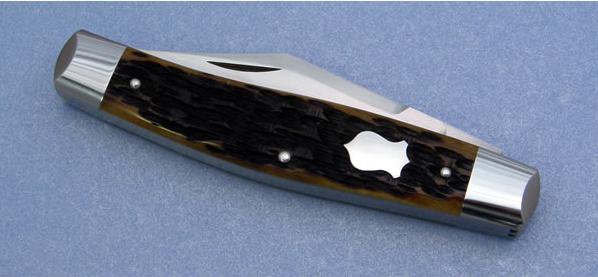
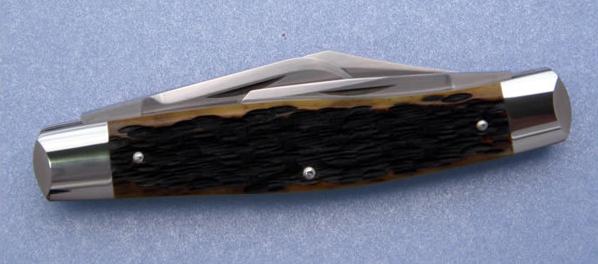
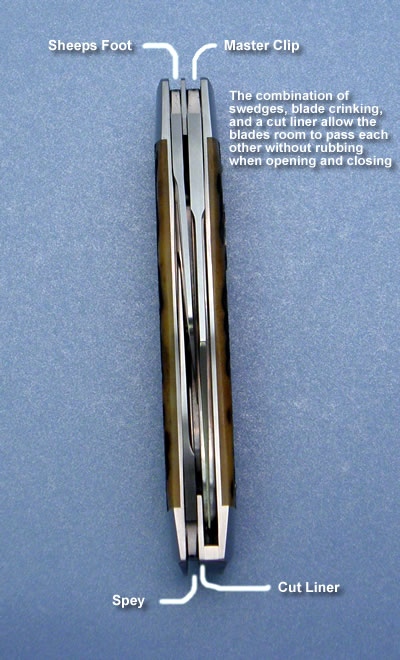
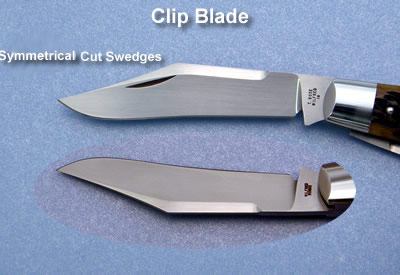
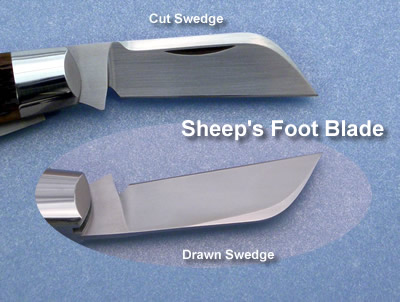
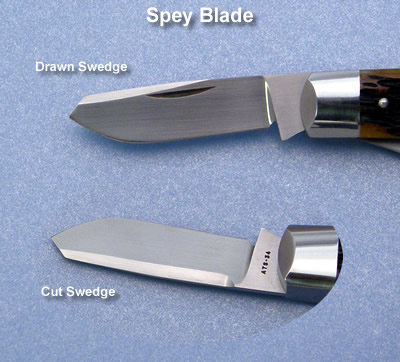
You need to be a member of iKnife Collector to add comments!
Join iKnife Collector